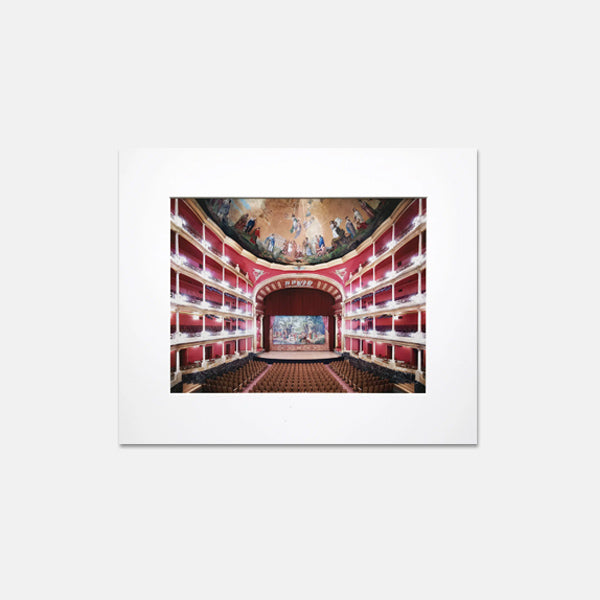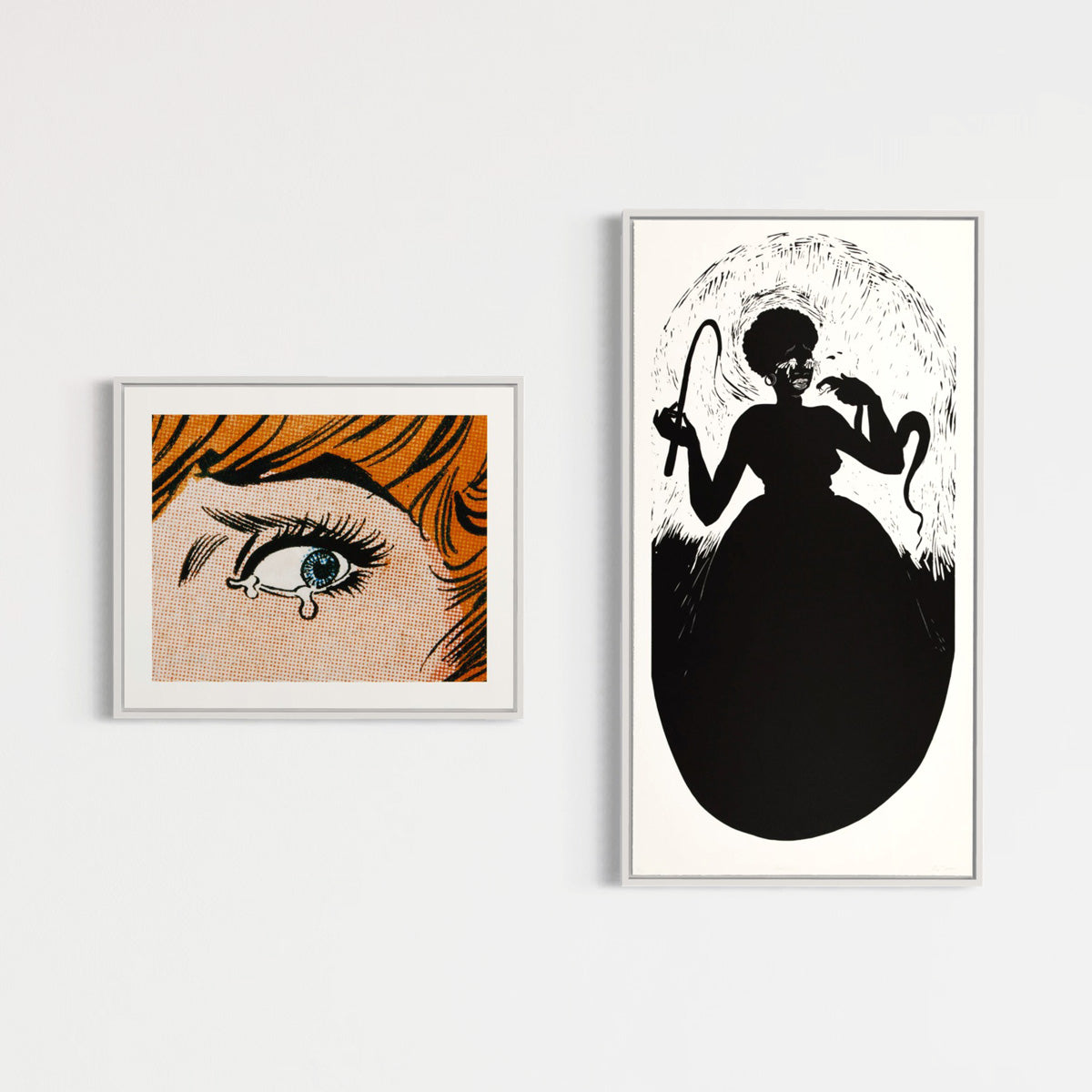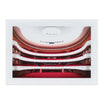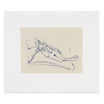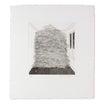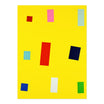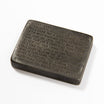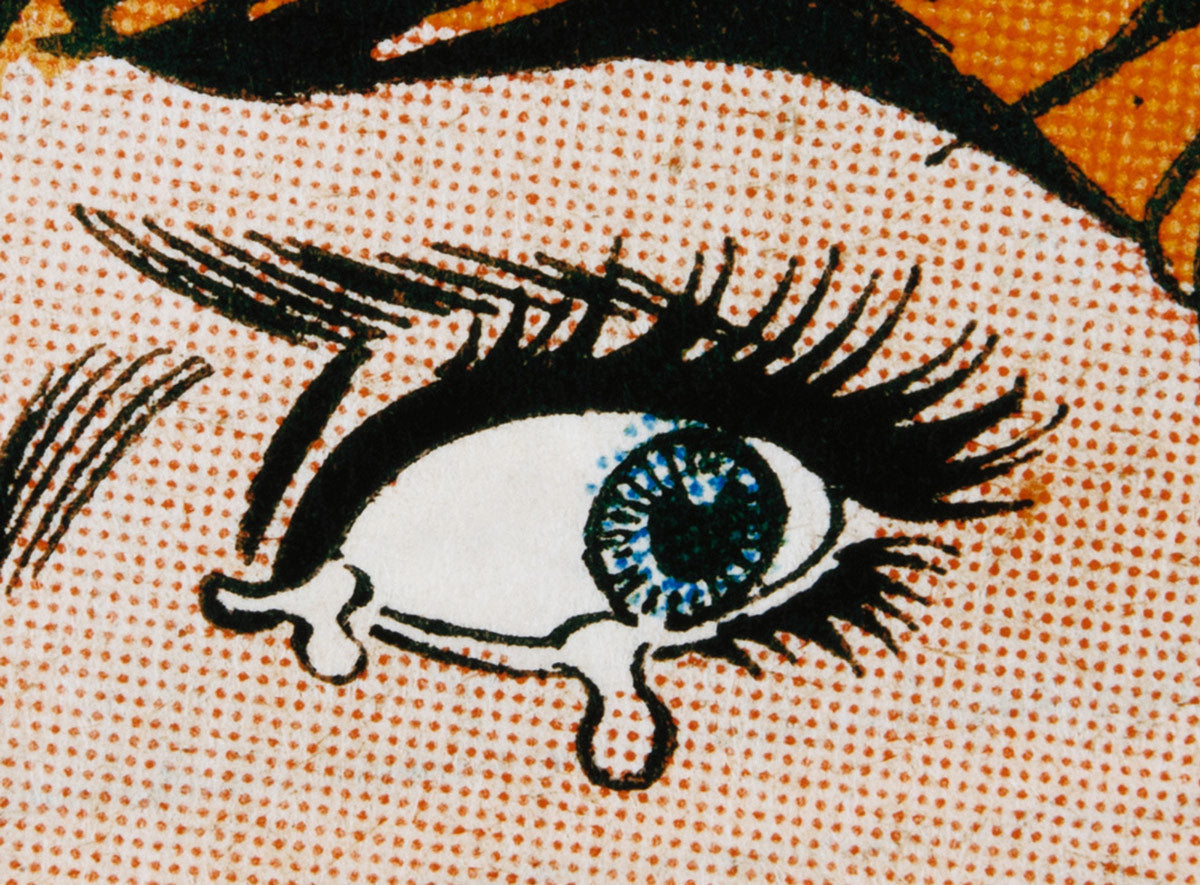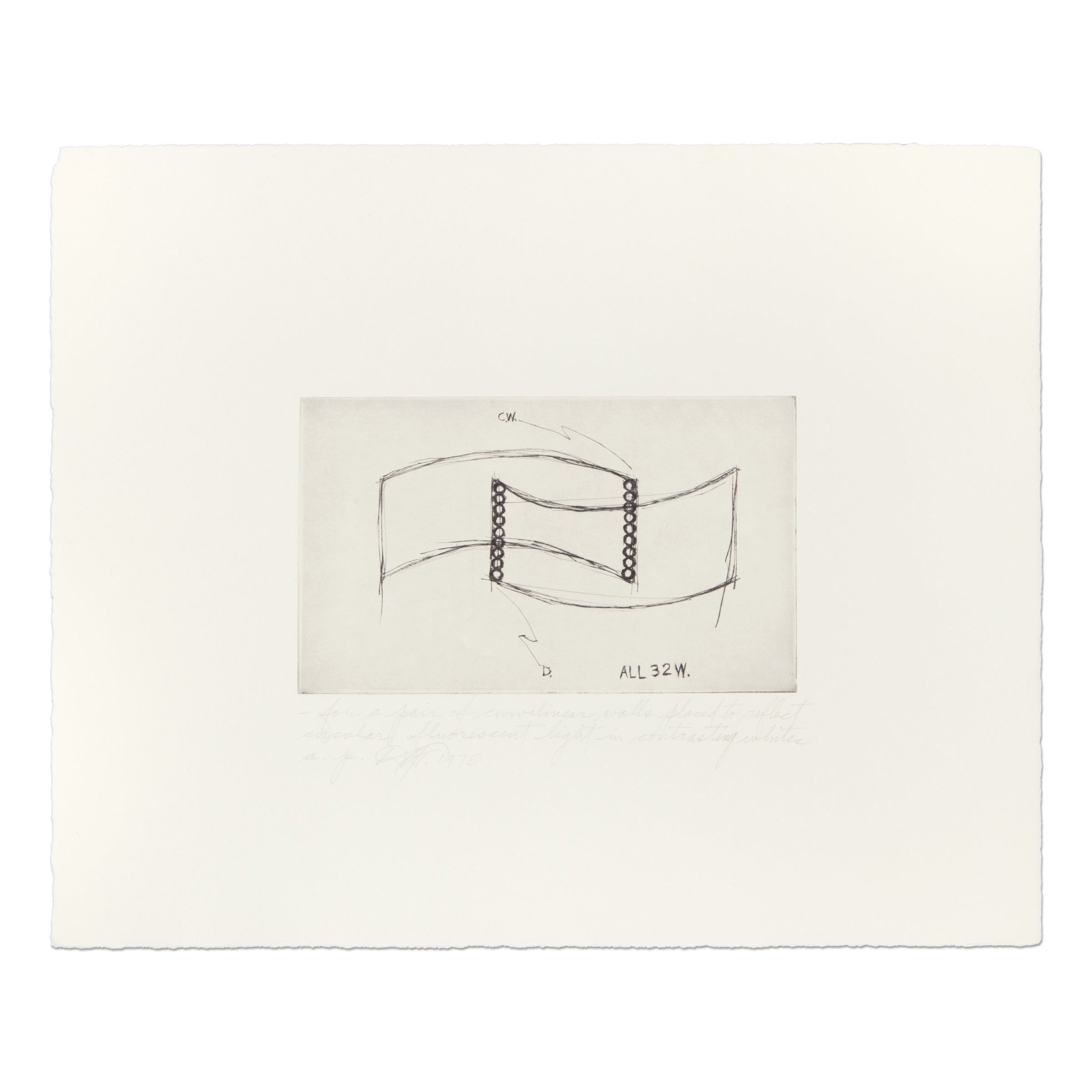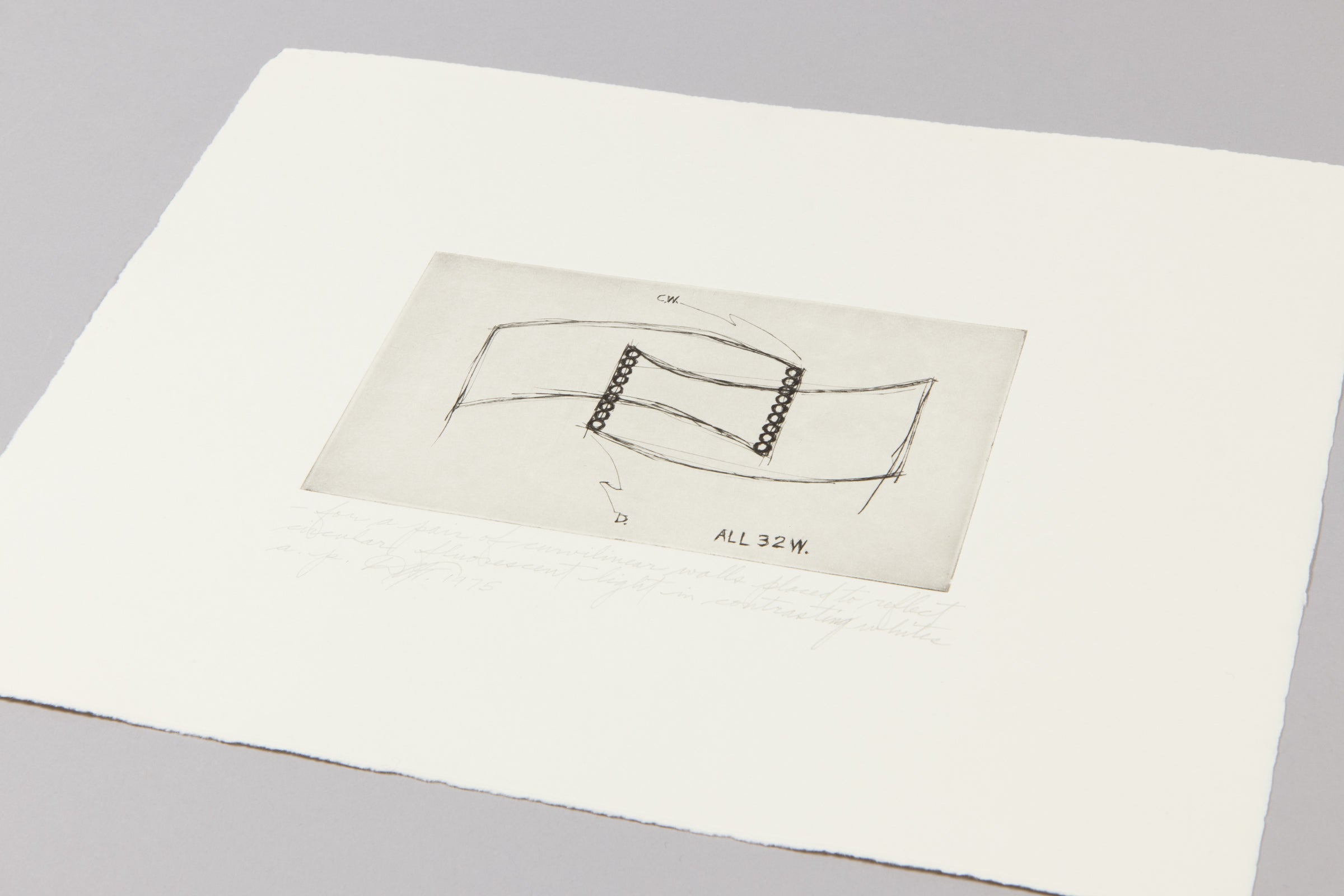About Dan Flavin
Dan Flavin, born in 1933 in New York and passing in 1996, is celebrated as a pioneering force in light art and minimalism, movements that sought to distill art to its purest form. His iconic light installations, made with commercial fluorescent bulbs, marked a turning point in post-war American art. By assembling these lights into geometric configurations, Flavin explored the interplay between electric light, color, and architectural space, transforming environments into immersive, immaterial experiences that redefined the limits of sculpture and painting.
Flavin’s commitment to minimalism was evident in his use of simple, industrial materials, aligning his practice with contemporaries such as Donald Judd and Sol LeWitt. After 1963, his works consisted almost exclusively of fluorescent light installations, employing a fixed range of ten colors and five shapes. This self-imposed discipline distinguished his art from conventional forms, elevating utilitarian materials into contemplative experiences of space, perception, and light.
Though best known for his luminous sculptures, Flavin also extended his minimalist philosophy into printmaking. His prints feature geometric precision and restrained color, mirroring the structural and conceptual clarity of his installations. Through this medium, Flavin explored the tangible qualities of line and form, creating a thoughtful counterpoint to the ephemeral brilliance of his light-based works.

